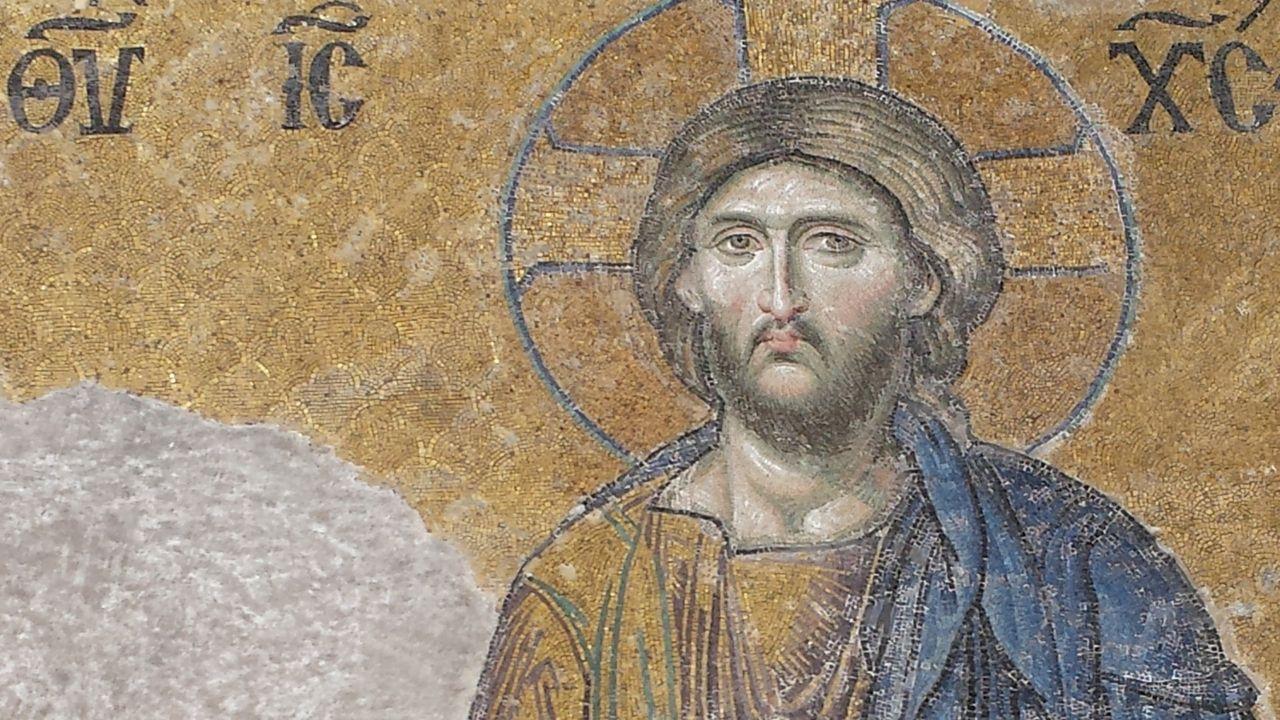Holy Week Through the Eyes of the Languages of the WorldSample

The English word "cross" that refers to Jesus' crucifixion has many other meanings now as well—think, for instance, of the "Ped Xing" traffic sign. It actually arrived in English via the Latin crux with the meaning of "stake" or "cross," specifically referring to the kind of crosses that criminals were nailed on after carrying the crossbar to the stake or even a tree where they would be executed. (This might be helpful to keep in mind next time you tell someone you're "cross" with them.)
Languages without the long experiences of European languages with early Bible translations had to select words for the instrument of Jesus' death much more recently. Some did this very pragmatically. In Chinese, for example, the term "10-character-frame" is used. Why? Because the Chinese character for "10" looks like this: 十.
Other languages use descriptive terms by appropriating items from their everyday lives. One particularly poignant translation comes from an early New Testament version from the 1950's into Mongolian. There the term used was togonoltchi mott, referring to crossed pieces of wood in the opening at the top of a felt yurt, the most common Mongolian dwelling of the time. This round opening serves as a window—which symbolizes that light comes through the cross.
For the act of crucifixion, Apali, a language spoken in Papua New Guinea, translates "crucifixion" as "nail to a tree piece put cross-wise, lift up to stand upright to die." This seems complicated, but it's also very helpful. With a vivid description like that, it's difficult to gloss over what crucifixion actually means.
One last thing on this day when we remember Jesus' sacrifice. The Gospel of John gives the Greek Tetelestai as the last word of Jesus. This is typically translated in English translations as "It is finished (or: completed)." One English translation that tries to tackle this differently is a relatively unknown "Expanded Translation" by Kenneth S. Wuest (publ. 1961). Here Jesus says, "It has been finished and stands complete." Wuest, a Greek scholar, translated the words like this because he wanted to express the Greek perfect tense, which has no immediate corollary in English and which denotes a certain event that happened at a specific point in time but has an ongoing result.
Irish, on the other hand, is able to naturally express the Greek perfect tense. Here Jesus says in a translation from 1981, Tá sé curtha i gcrích—"It is put in completion."
It is put in completion and still stands today. Jesus' sacrifice has the same power today as it had 2,000 years ago. And it will still have that same power tomorrow, as well.
Scripture
About this Plan

This devotion that is intended to accompany you from Palm Sunday through Easter Sunday presents Jesus as he approaches his death and is glorified in his resurrection in a way you might not have encountered him: Through the words of languages from around the world. Find out how other cultural norms and concepts find their expression in Bible translation and how that can have a deep impact on your own appreciation and understanding of God's love for you.
More
We would like to thank United Bible Societies - Global Mission Team for providing this plan. For more information, please visit: https://tips.translation.bible









